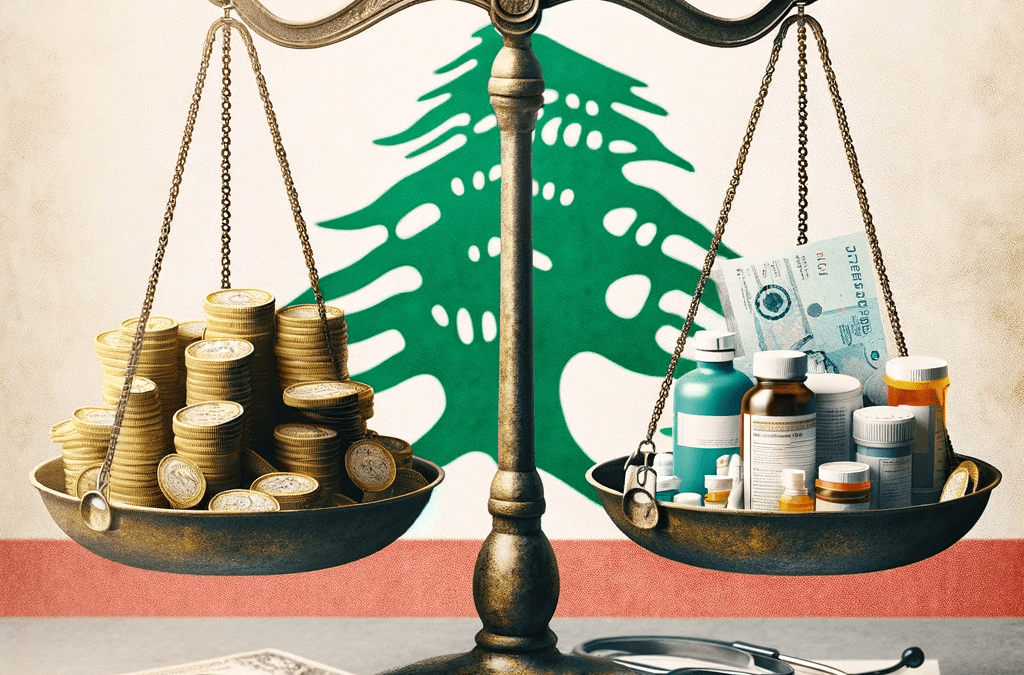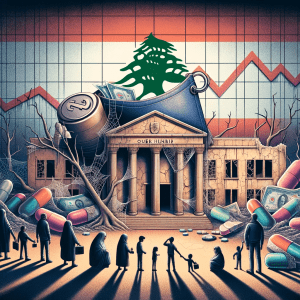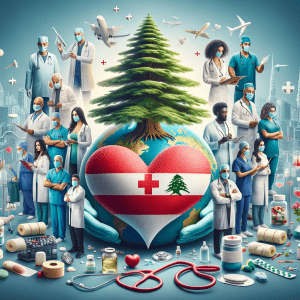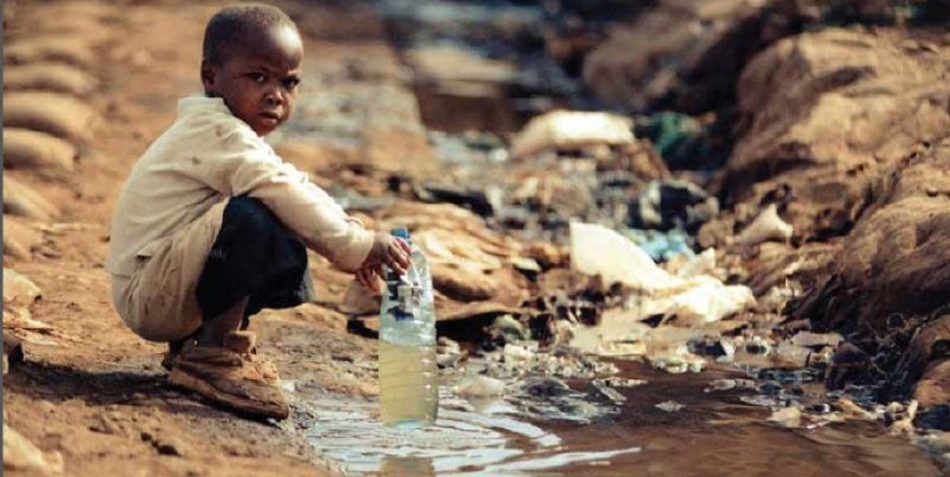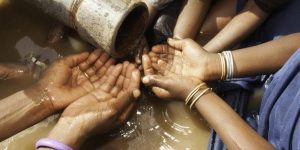
Breaking the Silence: Early Marriage Unveiled – Navigating Prevalence, Risks, and Root Causes
Unveiling some of many risks of early marriage, and the significance of a call for action.
Picture yourself at the tender age of 15, and your parents decided to deprive you from one of your most basic rights: education. And why? so that you could marry some boy you barely know from your village and who might be at least 7 to 8 years older than you. Envision the scenario where instead of classrooms and friends and books, having an arranged marriage with a stranger.
Now imagine the challenges of becoming a mother at the age of 16, the physical abuse this will put you through, and zero financial independence to break the cycle of mental and physical violence this put you in. Such narrative may seem from the past, in our great grandparents’ era maybe, but do you know this still happens? In many regions in the world, it will make you frustrated. Do you care to delve into the risks of those girls?
We might not be living them, and most probably do not know anyone that is, but this is a call to sympathy and awareness, so even if we are shielded and blessed, countless girls out there aren’t.
Let’s dive into those risks.
Problem:
Around the world, child marriage is a widespread and deeply ingrained social issue that impacts millions of children, especially girls. When one or both partners are under the age of 18, it refers to an informal union. Even while we have made great strides in many areas of human growth, these unsettling realities still exist in some parts of the world, especially in less developed nations and regions like Africa and some Arab regions.
The health problems that young brides confront are among the most urgent; early pregnancies raise the risk of maternal death and difficulties after childbirth. Girls forced into early marriages sometimes find themselves taken away from school, which harms their educational goals and leads to increased literacy. Additionally, early marriages come with a higher rate of domestic abuse.
Beyond physical health, there is a significant psychological cost. Mental health conditions like depression and anxiety can be factual consequences. Little girls have little to no financial independence which keeps them stuck in this loop. Hovering over the countries, we can see that most of those in darker shade of blue are African countries, and other less developed countries including Bangladesh, Chad, Niger, Mali, and others. The treemap serves to highlight some of these countries where this is highly prevalent.
Poverty, is one of the root causes of Early Marriage which is shown below, that poverty is relatively high in the countries mentioned in this study. Parents in less developed countries think of their daughters as financial burdens which is why they take them out of school and force them into marrying young. Limited living resources force families to believe that marriage is a way of surviving. In the same countries we put into study, we can see that the Poverty Headcount is large in most of them.
Problem Evidence:
According to UNICEF, 21% of young women (aged 20 to 24) were married as children. Before turning eighteen, one in five females gets married. That figure doubles in the least developed nations, where 12% of girls get married before turning 15 and 40% of girls get married before turning 18. This is 28 girl every minute. The below visuals show that the countries in study are mainly located in Africa and Sub-Saharan Africa as well as Asia, have their women justify being beaten by their husbands and still normalize it, have young girls out of school, and have higher risks of maternal death, meaning that early marriage may cause all the below. These are just some amongst many consequences.
Countries including Bangladesh, Senegal, Niger, Uganda, Mozambique, Ethiopia, Guinea, and many more, seemed to always have these issues combined.
Can you believe that 17.48% of women in Bangladesh justify being beaten? Followed by 11.63% in Mali, 10.80% in Ethiopia, ranking the top 3 among many other countries.
Additionally, 18.41%, followed by 13.19% and 9.19% in Niger, Guinea, and Mozambique respectively.
The Bubble Chart serves to highlight countries where Maternal Death Risk is most prevalent as well. Is it a coincidence that the same countries that have high early marriage rates, almost rank high in all three risks?
Potential Solution:
It is imperative to save young girls from forced marriage, give them the right education they deserve, decrease their risk of dying while giving birth, mitigate the physical and mental abuse, and give them the right to just be little girls.
Collectively, we can combat early marriage and create an atmosphere where girls feel empowered to continue their education and make educated decisions about their futures, to mitigate the risks.
It can include educational awareness, health awareness, social awareness against violence and domestic abuse, free training, and educational programs, etc.
Details of the solution:
- Promoting access to quality education especially for girls by making it free especially in the less developed countries where parents would rather not spend any money on their girls and see them as financial burdens.
- Conducting awareness campaigns on the potential side effects of child marriages.
- Create economic opportunities for girls through skill development and training to enhance their financial independence.
- Promotion of Gender Equality.
- Engaging parents in these campaigns on the importance of financial stability and independence before marriage.
- The solution may also include legal consequences.
- Leveraging social media to raise awareness!
Findings and Recommendations:
The recommendations are centered around the efforts that should be made to enforce the laws setting a minimum age for marriage, additionally to challenging the cultural norms and conducting awareness activities, setting a legal age for marriage, support and healthcare systems, educational and training initiatives and provide girls with the circumstances that allow them to make their own decisions.

